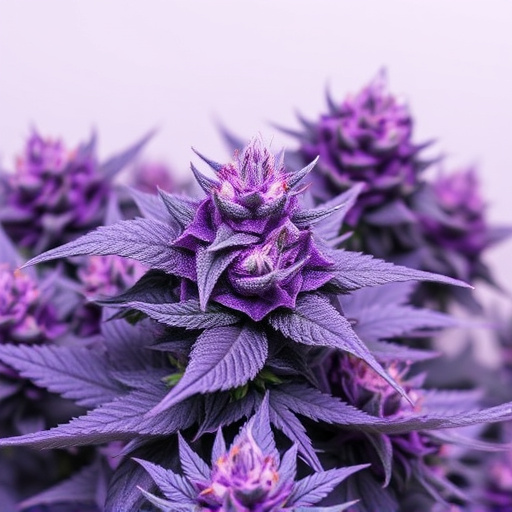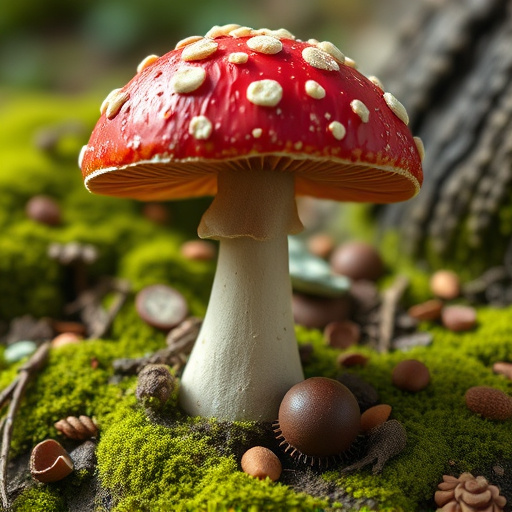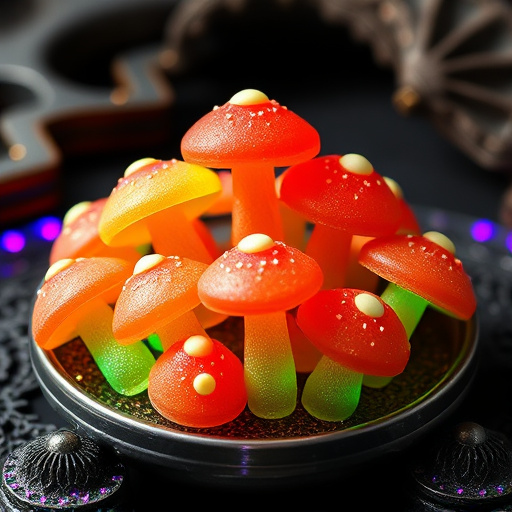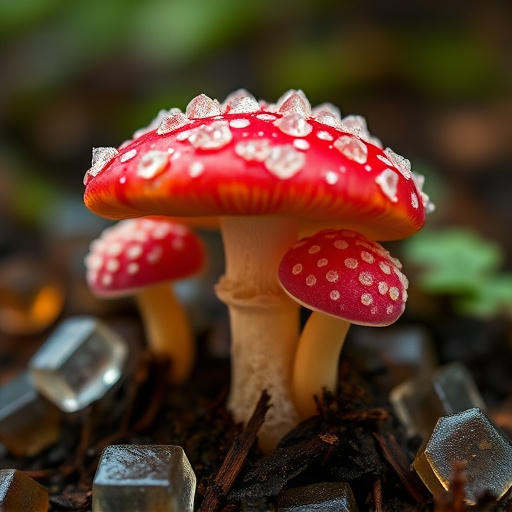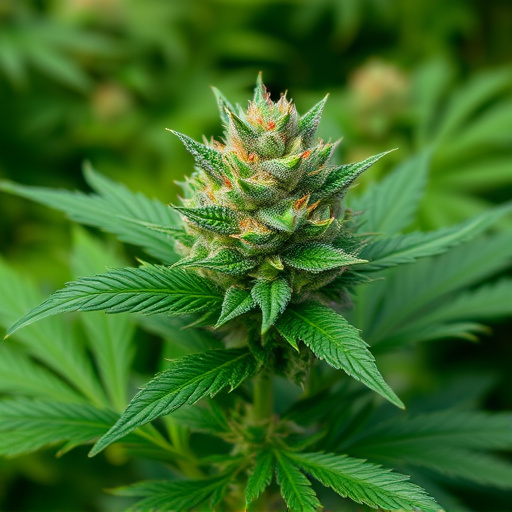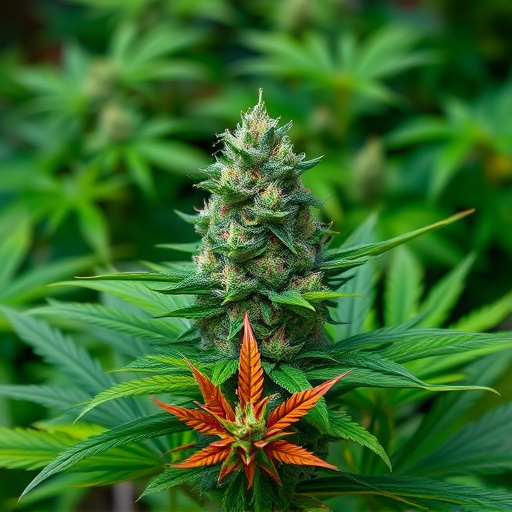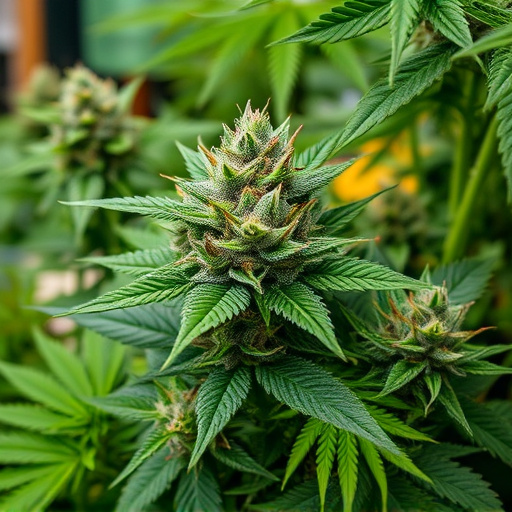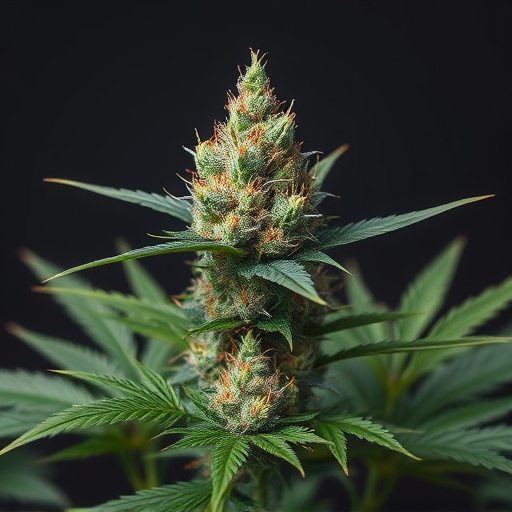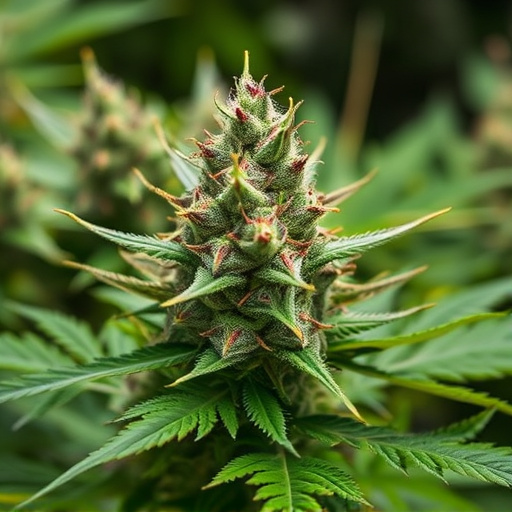The chemistry of cannabis strains is defined by their cannabinoid and terpene profiles, leading to classifications as Indica or Sativa, influenced by environmental factors. Indicas are short, wide-leaved plants thriving in cold climates with fast flowering times and high Myrcene levels for a relaxing effect. Sativas, taller with narrower leaves, flourish near the equator, containing Limonene terpenes for an energizing high. Modern hybrids combine these traits, offering diverse experiences from relaxation to uplift. Choosing the right type of cannabis strain involves understanding desired effects, tolerance, and personal preferences, considering THC/CBD content, taste, aroma, and visual appeal for a tailored cannabis journey.
Cannabis enthusiasts often hear terms like Indica, Sativa, and Hybrid but what do these really mean? Understanding these distinct types, or types of cannabis strains, is crucial for an enjoyable experience. This article breaks down the chemistry behind Indica and Sativa, delves into the creation of Hybrid strains, and provides insights on choosing the right strain for your needs. From relaxation to energy, learn how these variations impact your cannabis journey.
- Understanding Cannabis Chemistry: The Basics of Indica and Sativa
- Exploring Hybrid Strains: Combining Indica and Sativa Properties
- Deciding Which Strain is Right for You: Factors to Consider
Understanding Cannabis Chemistry: The Basics of Indica and Sativa
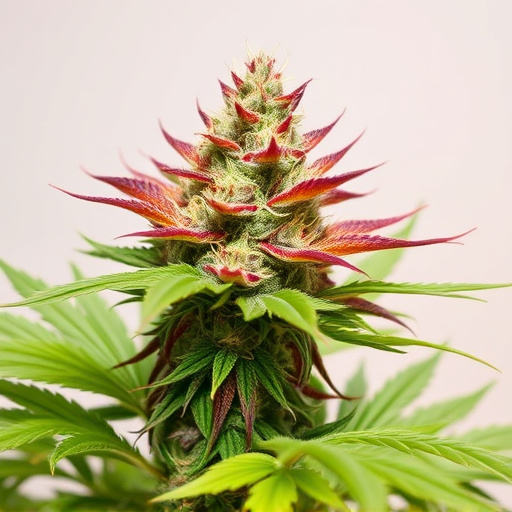
Cannabis chemistry is a fascinating world where the unique characteristics of each strain are defined by their cannabinoid and terpene profiles. At the core, two dominant types of cannabis strains stand out: Indica and Sativa. These distinctions aren’t based on complex genetic inheritance but rather on the plant’s natural adaptation to its environment.
Indica plants tend to have shorter, stockier statures with wider leaves, often thriving in colder climates at higher altitudes. They are known for their fast flowering times and high levels of Myrcene, a terpene that provides a grounding, relaxing effect. Sativa plants, on the other hand, grow taller with narrower leaves, favoring warmer regions closer to the equator. Their signature terpenes like Limonene offer a more uplifting, energetic high. Understanding these basic differences is key to navigating the diverse landscape of types of cannabis strains and their corresponding effects.
Exploring Hybrid Strains: Combining Indica and Sativa Properties
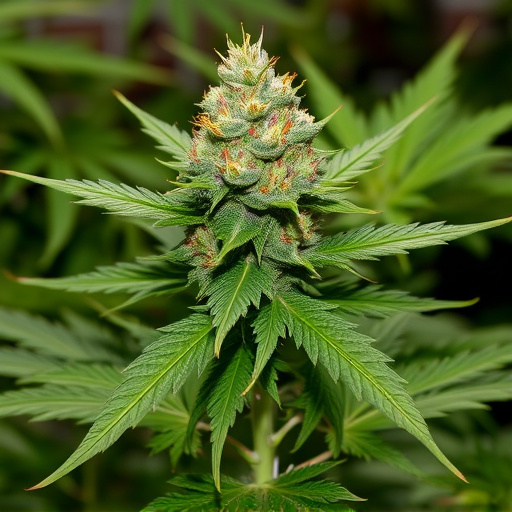
In the world of cannabis, understanding the distinctions between Indica and Sativa strains is a cornerstone for consumers looking to navigate the diverse landscape of types of cannabis strains. These two primary varieties have distinct characteristics that influence their effects and applications. However, the evolution of cannabis cultivation has given rise to hybrid strains, which offer an exciting blend of properties from both Indica and Sativa plants.
Hybrid strains are carefully cultivated by crossing Indica and Sativa parents, resulting in unique combinations of traits. These hybrids can inherit potent terpenes and cannabinoids from their parent strains while exhibiting characteristics that might be more balanced or different from either type alone. Exploring hybrid strains allows consumers to experience a wide range of effects, from the relaxing and sedative qualities often associated with Indica to the uplifting and energetic effects commonly linked to Sativa, all in one plant.
Deciding Which Strain is Right for You: Factors to Consider
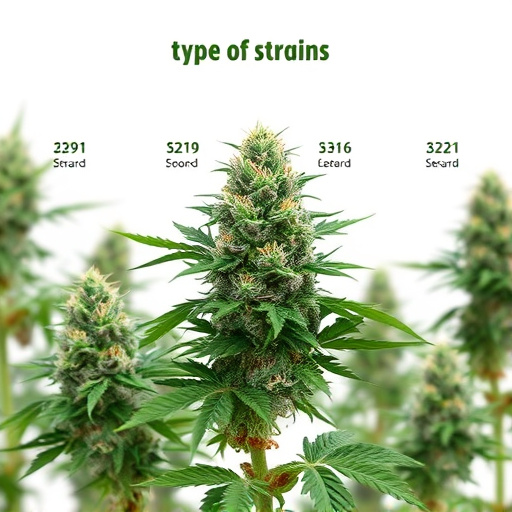
When deciding on which type of cannabis strain is right for you, several factors come into play. First, consider your desired effects; whether it’s relaxation and sleep aid (Indica), energy and focus (Sativa), or a balanced combination (Hybrid). Then, think about your tolerance level and how often you plan to consume. Different strains have varying levels of THC and CBD, which can impact both the intensity and duration of its effects. Additionally, personal preferences for taste, aroma, and visual appeal should be considered, as these traits are unique to each strain. Exploring different types of cannabis strains allows you to find the perfect fit for your needs and preferences.
Understanding the distinctions between Indica, Sativa, and Hybrid strains is key to navigating the world of cannabis. Each type offers unique chemical compositions and effects, catering to diverse user preferences and needs. By considering factors like THC levels, CBD content, desired effects, and personal tolerances, individuals can make informed choices about which strain aligns best with their experiences. Whether seeking relaxation, energy, or a balanced blend, exploring these varieties empowers users to unlock the full potential of cannabis for their well-being.
